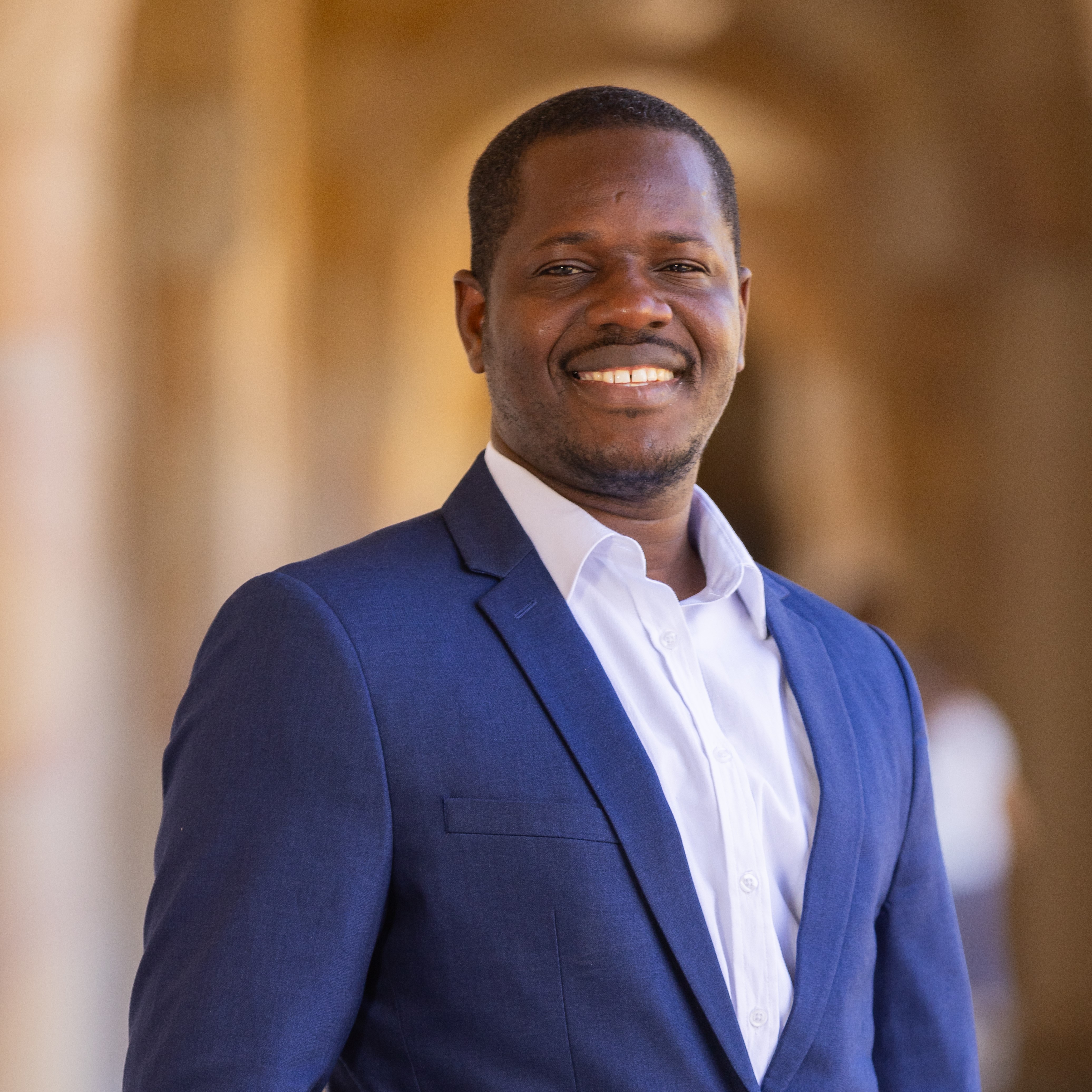Amid the ongoing cost-of-living crisis, new employment trends are emerging as people adapt their choices to navigate financial pressures. Whether it’s working extra hours to improve financial security, or avoiding career paths perceived as less economically viable, these choices can have a domino effect on people’s wellbeing and future workforce demands.

Dr Isaac Koomson, Senior Research Fellow at the Centre for the Business and Economics of Health (CBEH), is at the forefront of investigating emerging workforce trends. Dr Koomson recently led a project examining the rise of ‘moonlighting’, a practice that refers to individuals juggling multiple jobs. His other recent work includes a collaborative study with fellow CBEH researchers to better understand future health workforce demands.
We caught up with Dr Koomson to discuss his research into moonlighting and future workforce trends, and how multidisciplinary teams can bridge data gaps, enrich analysis, and deliver more relevant insights.
What significant findings has your research on moonlighting uncovered so far regarding the rise of the trend and its impact on people’s quality of life?
People will always try to find alternative ways and means of living their lives when times get tough – a reality we’re all aware of in today’s cost-of-living crisis.
We’ve found that getting a secondary job is the most common thing people often do, and for some, even taking on 3 jobs.
On the one hand, moonlighting can increase your overall income. When it comes to people’s health, we can assume that increasing your income helps cover expenses, which may in turn reduce mental stress. If you’re able to provide enough for your family and pay for your rent or mortgage, there could be an expectation that you’re fine.
However, there are often other aspects that we tend not to look at, such as the potential adverse impact on subjective wellbeing (i.e., how individuals experience and evaluate their own lives and overall satisfaction) due to reduced contact with family and friends and the overall feeling of time insufficiency. Life is always a trade-off. If you’re working more to earn more, other aspects of your life will also be affected.
Has your research identified any correlating socioeconomic factors that may contribute to individuals choosing to moonlight and the overall impact it has on their wellbeing?
This study has 2 aspects: the qualitative part, which is still ongoing with Professor Lauren Ball and Dr Amy Kirkegaard from the UQ Centre for Community Health and Wellbeing, and the first quantitative part, which I led.
We analysed the data separately for men and women, examining those in rural and urban areas, as well as individuals in high- and low-socioeconomic areas. This process allowed us to analyse people’s motivations for taking on secondary jobs and other similar endeavours, while also looking at any potential disparities in its impact on subjective well-being.
Our findings showed that if 2 people engaged in moonlighting, it was more likely to negatively affect the mental and subjective wellbeing of men than women. We observed that men tended to report greater suffering in terms of their perceived wellbeing.
Surprisingly, we also found that individuals in urban and high socioeconomic areas were more negatively affected by moonlighting than those in rural and lower socioeconomic areas.

Based on your experience collaborating with researchers from the UQ Centre for Community Health and Wellbeing, how does working in a multidisciplinary team facilitate meaningful results and advancements in healthcare?
In my experience, researchers collaborating across different faculties can bring diverse expertise to a project while balancing quantitative and qualitative methodologies.
When working with extensive secondary datasets that cover up to 23 years, you often don’t get to answer all potential questions of interest because the data has already been collected. You can't see what's happening on the ground, either, since it doesn’t necessarily address your research questions.
By collaborating in a multidisciplinary team made up of quantitative and qualitative researchers, you’re able to split many of those responsibilities and achieve results in record timeframes.
Are there any other initiatives or projects you’ve worked on recently?
Earlier this year, I worked on an Optometry Workforce Projection report with CBEH Director Professor Lisa Nissen, Dr Belinda Gavaghan and Associate Professor Jean Spinks. Optometry Australia funded the study to better understand and forecast the optimal number of registered optometrists needed in the Australian workforce from 2025 to 2040.
Over the years, a narrative has emerged that the optometry workforce is in excess supply. Naturally, this narrative might deter those initially interested in becoming an optometrist from pursuing that career.
To help shape policy in this area, we estimated both the supply and demand of optometrists over the next 15 years. By using a needs-based methodology to forecast the demand for optometry services, we were surprised to find a predicted deficit in the workforce.
Importantly, if all individuals requiring eye care accessed the necessary services, the current workforce wouldn’t be sufficient to meet the full demand of the population. We found that if the current rate at which optometrists leave the profession remains the same or rises to 10% by 2040, the deficit of optometrists relative to the population's needs is expected to reach thousands.
Read the full report commissioned by Optometry Australia
Next steps
Email Isaac at i.koomson@uq.edu.au
Connect with Dr Isaac Koomson on LinkedIn



